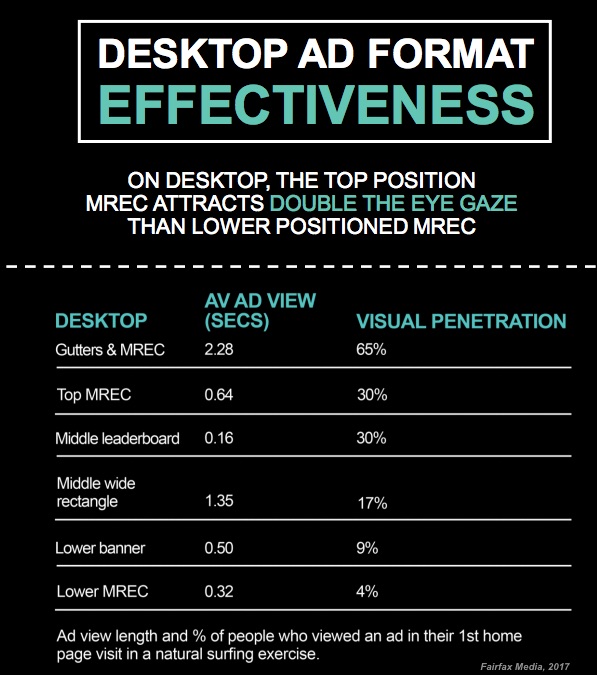
The Pros and Cons of Holiday Marketing
Ho, ho, ho, the holiday season is upon us! It’s once again the time of year where our email inbox is flooded with specials, text message deals come flying in, and all over ads are making use of the festive season to target you. While sales tend to skyrocket during this time of year, the marketing efforts that go behind them can be “snow” joke. Whether you have a large budget or are relying on small marketing efforts, holiday marketing can be the thing that helps you “sleigh” the competition. Here at ON Advertising, we’ve compiled a few of the pros and cons of holiday marketing to keep in mind.
Cost of Christmastime Marketing
According to an article by WordStream, bid prices can increase by 140% over their yearly average during the holidays. Con? This means that your marketing budget has to match your efforts. Pro? Your ROI could increase as well. In a piece by emarketer, they revealed that in 2018, holiday retail sales finally crossed the $1 trillion mark, making it more crucial than ever to secure your spot in a saturated sales snowstorm. An article by Vivial using a report by Ignite showed that companies spent almost $27 billion on social media marketing in 2018 alone and allocated 25% of their annual budgets to social media marketing over the holidays. Essentially, sticking with the same budget is no longer viable and it may be time to up yours. CNBC states that holiday spending is expected to rise 5% this year, so it can be extremely beneficial to revisit your numbers and budget from the previous year to find your baseline. Make sure your budget is substantial, your strategy is flushed out, and that you know your goals. You’ll be feelin’ “pine”.
Digital vs. In-Store Shopping
Do you like to do your holiday shopping online, or do you prefer to head to the store to snag your deals? If you like to purchase on the web, you aren’t alone. CNBC also states that according to Tim Cadogan, chairman, and chief executive officer for OpenX, 53% of all holiday shopping is expected to be done digitally. A press release from Adobe Analytics showed that during Cyber Monday, direct website traffic ranked highest for driving revenue at 25.3 percent share of sales (down 1.2 percent YoY), followed by paid search at 25.1 percent (up 7.4 percent YoY), natural search at 18.8 percent (down 2.8 percent), and email at 24.2 percent (up 0.5 percent). They noted that social media had a 1.1 percent share, impacting online sales very minimally. WordStream’s findings also revealed that 8 in 10-holiday shoppers are influenced by the internet before making a purchase. Con? You may not see the largest crowds in your brick and mortar store. Pro? If your holiday marketing efforts are eye-catching and a substantial enough deal, you’ll have your “elf” a merry little Christmas when it comes to sales.
Coupons and Deals
It’s no secret that most people are happy to find a deal or a discount when shopping, including us! In a 2019 report, emarketer showed that internet users “always” or “very often” use coupons when shopping online. Con? You may need to include some stellar deals in your marketplace to lock in the sale. Pro? As reported by Google, one of the most influential factors in buying decisions was sales, discounts, or promos. That’s directly in line with WordStream’s finding that one-third of shoppers reporting that their holiday weekend purchases were driven by promotions. So while Santa doesn’t need discounts to come out on top this season, you do!
ON Advertising hopes that you have a profitable, successful, and strategic holiday marketing season! If you want help with harnessing consumer spending habits and setting your brand up for success both during the holidays and all year long, contact us.








